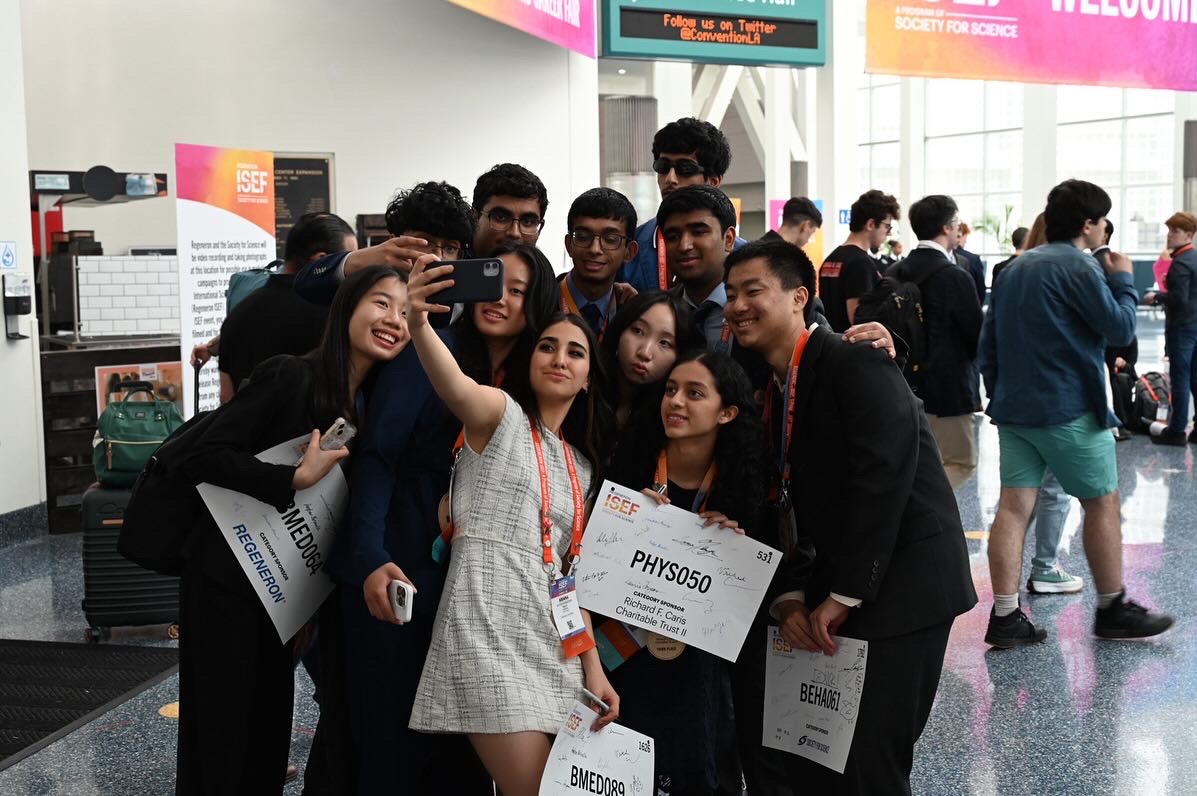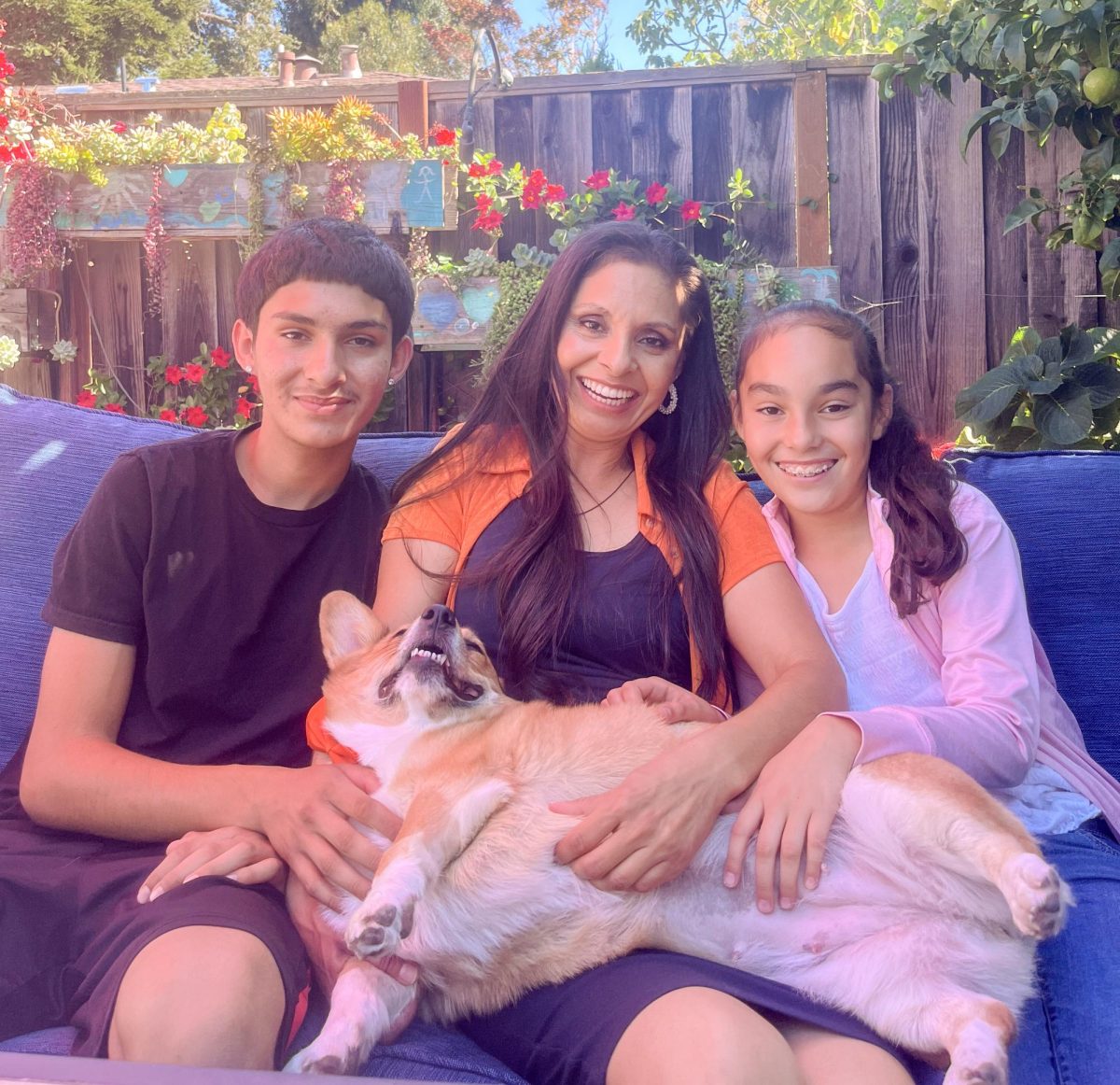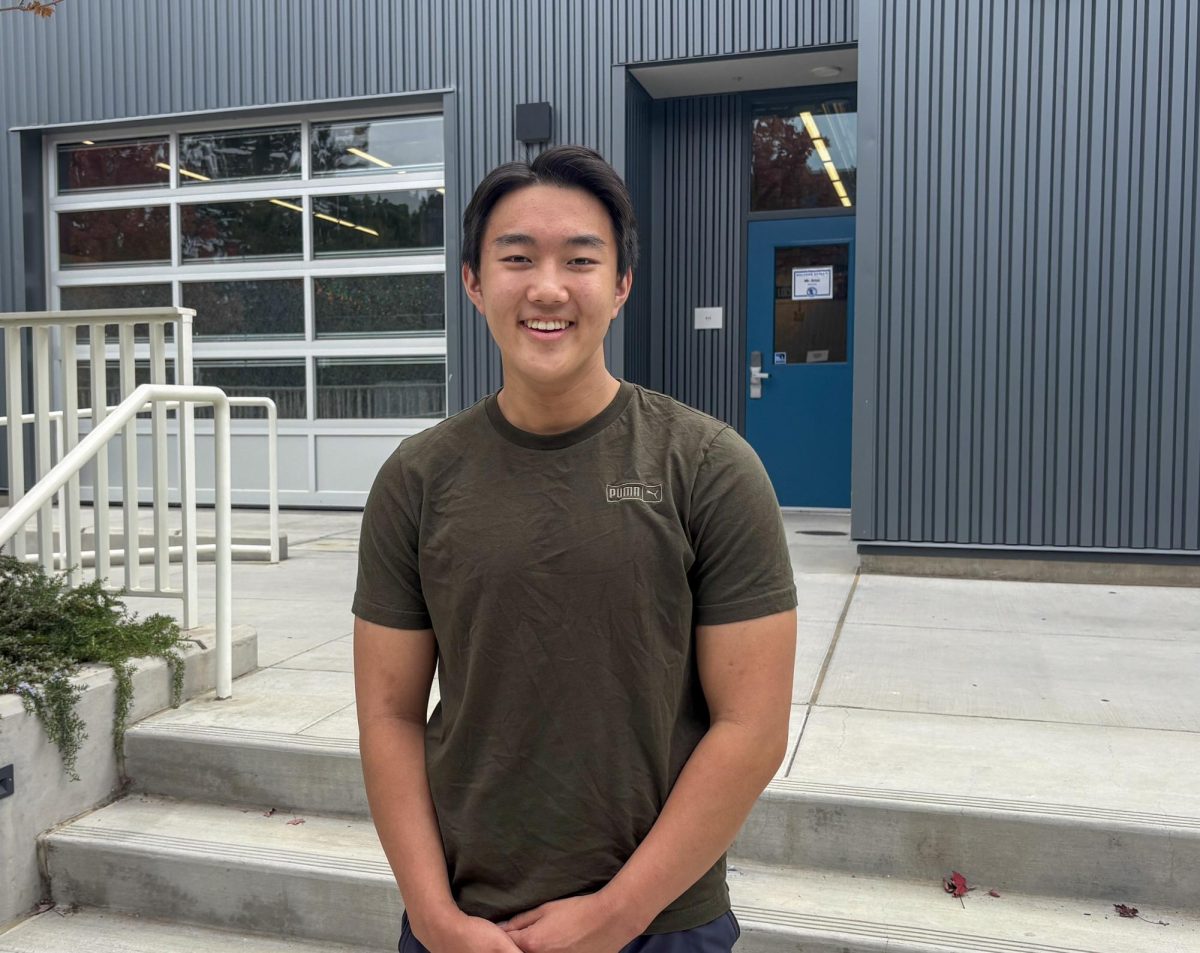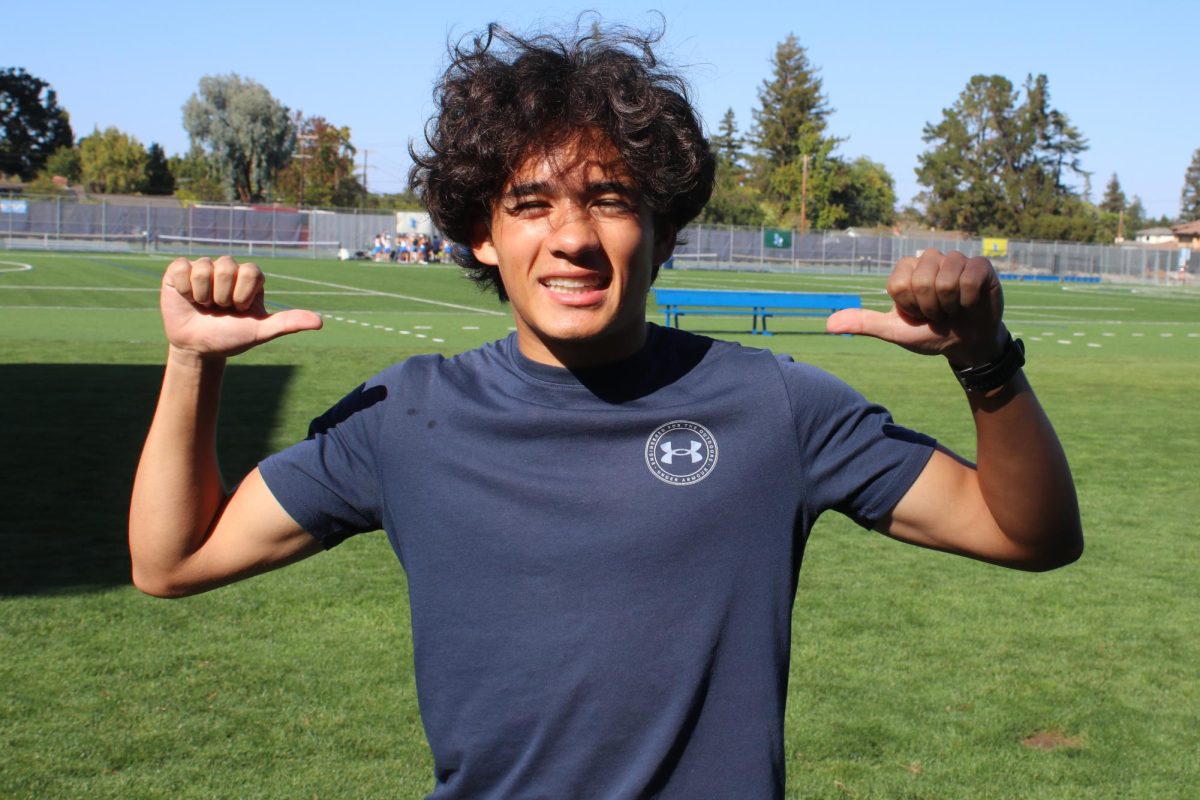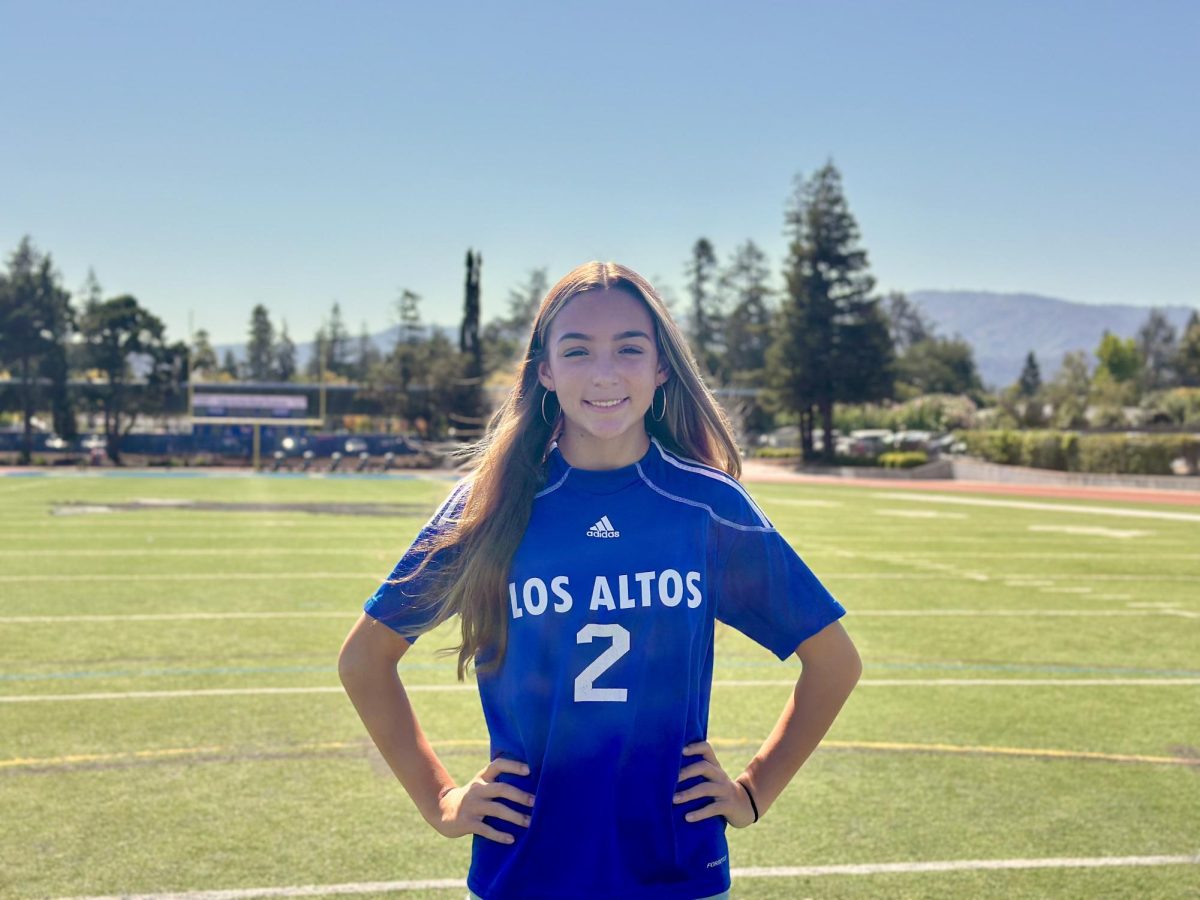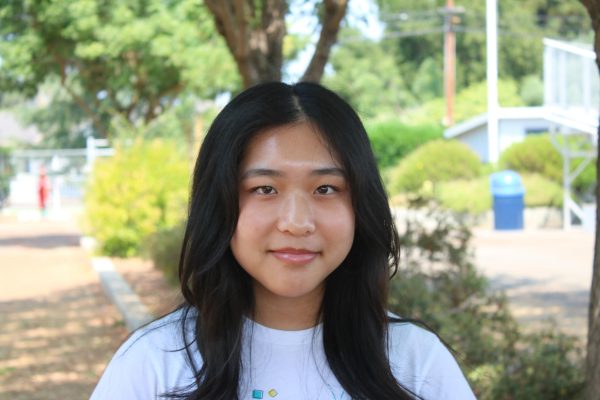After qualifying as a grand prize winner in the Santa Clara County Synopsys Championships science fair on Wednesday, March 13, junior Ariana Motaghiannezam was set to compete in the largest international high school science fair: the Regeron International Science and Engineering Fair (ISEF), held from Saturday, May 11 to Friday, May 17.
It all started with a typo.
“I was at a science symposium at Stanford, and there was a guy talking about a protein called p53,” Ariana said. “I started searching it on my phone to learn more, but accidentally typed up p63 instead. That’s when I first learned about p63 and its elevated expression in cancerous tissue.”
From there, Ariana began studying tumor protein 63 (p63), a transcription factor involved in rapid tumor formation. Through multi-omic profiling, a 3-dimensional mapping technique that profiles different parts of a protein and their function, Ariana found that the immune system recognizes p63 to be involved in immune interactions relating to lung cancer.
“My data showed that in the presence of elevated p63 levels, cells proliferate five times faster than without the p63 increase,” Ariana said. “I also used the website Kaplan Meier Plot as a resource and saw that most cancer patients who had elevated levels of p63 had lower levels of survival.”
Ariana applied her p63 research to lung fibrosis, a lung disease that scars lung tissue and causes breathing difficulties, as a way to prevent cancer. Currently, there are no therapeutic treatments for lung fibrosis.
“Since it’s been proven that 30 percent of lung fibrosis causes cancer, my thought process was, if there’s also no strong treatments for lung cancer, then it’d be best to attack the origins of many lung cancers,” Ariana said. “If there’s no lung fibrosis, then there’s no lung cancer.”
Ariana trialed methods of knocking out p63 in cells using CRISPR-Cas9 gene editing and overexpressing p63 in cells using a process called transduction, where DNA is introduced to cells. Through her research, she concluded that p63 has a key role in driving the cell survival and proliferation in lung fibrosis. The inhibition of p63 can be used as a therapeutic modality to treat lung fibrosis, and ultimately lung cancer.
“I think it’s interesting to target fibrotic diseases to prevent cancer — there isn’t as much fibrosis research as cancer, and I think more people should focus on the fact that fibrosis is a linked origin to cancer,” Ariana said. “We should target the origins that drive other diseases so we can prevent both.”
Along with her grand prize win at the Synopsys Championships, Ariana won the 1st Award in the Research/Registered Research Institute Biological Science and Engineering category.
Ariana conducted all her wet lab research for this project at Stanford University in the Gerlinde Wernig Lab with her mentor Cristabelle De Souza, a postdoctoral fellow with a Ph.D. in cancer biology. Her work with De Souza started with a summer internship the year before.
“To get my summer internship at Stanford, I cold-emailed 50 plus professors and was like, ‘Hey, are you looking for a high school researcher by chance?’” Ariana said. “Luckily, I got a reply from Dr. De Souza.”
What made De Souza reply back to Ariana was the passion Ariana had in science.
“When I was emailed by Ariana, I saw myself in her,” De Souza said. “I’m an immigrant and a woman of color, and Ariana has that vigor, vision and tenacity that I had coming to the United States. I wanted to take a chance and support her, and she really took off. I think one of the greatest joys as a mentor is when your mentee becomes better than you.”
Following her success at Synopsys Championships, Ariana participated in the California Science & Engineering Fair, where she won first place and was a Saban Family Foundation Scholar, earning a $2,000 grant. With the prize money, she was able to buy a p63 inhibitor to continue her research — a product her lab wasn’t able to fund originally. At ISEF, Ariana was granted personalized scholarships.
“I think what science fair judges want to see the most is impact and validity,” Ariana said. “Some people will have more data than you, but what really matters is showing that the data you have is valid. I replicated all my experiments three times to verify my results.”
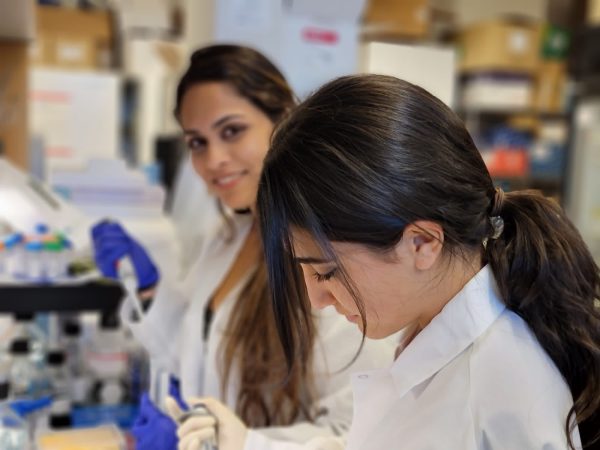
Ariana advises other aspiring high school scientists to find a starting point of interest and slowly narrow it down to a concrete project. Developing a research project in any field requires dedication — for Ariana, that meant a bunch of reading for preparation and working in the lab more than five hours a day.
“For high school students looking to get into research, I recommend everyone start with what I did: read, read, read,” Ariana said. “I did a huge literature review on p63 and lung fibrosis prior to my actual research project. I had around 21 papers all written down in a notebook just so I could know what’s already been done, what needs to be done and how everything works. After you’ve read, start asking questions and reach out to professors in your area of interest.”
“There’s a lot of students out there who are thinkers, but not doers,” De Souza said. “To have a thinker and a doer is unique, but that’s what Stanford is best at bringing. For future scientists, find that passion that keeps you driven, because science is hard and there will be days that you’re frustrated enough to leave. You must be driven by passion.”



